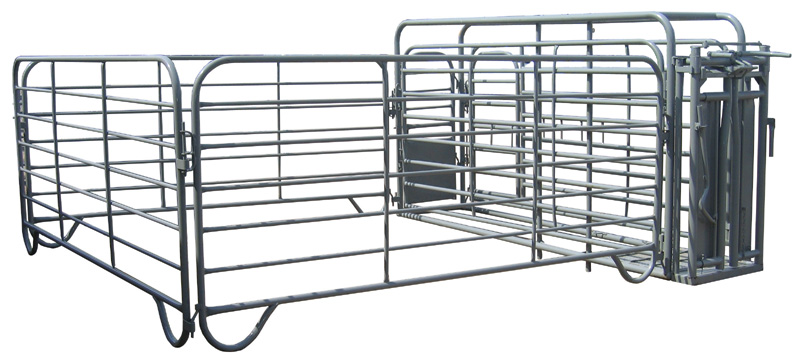When dogs become aggressive the hair on the back of their necks and backs rises up. Stallions prick (lift up) their ears and wag their tails. Bulls buck and rams paw the ground with their front feet. Birds and reptiles puff themselves up to look larger than they really are.
Although house pets such as dogs and cats can be very calm and friendly to their masters and friends, they will change their behaviour when a newborn litter arrives.
In this case, special attention must be given to their behaviour as they may sense a threat to their young when suddenly approached. Look out for their warning signals like a grunt or hiss to tell you to back off. In a farm situation, it is necessary to report defensive behaviour to the supervisor. Sometimes animals can act defensively for other reasons than the obvious.
Animals can exhibit discomfort in different ways when exposed to or kept under stressful and unfavourable conditions. Some of these symptoms can be:
Pacing and route tracing: This happens when animals are kept in a confinement, such as a cage. For example, hens are kept in a cage pace because they do not have access to a social environment.
Rocking, swaying and weaving: This kind of behaviour shows boredom in animals.
Rubbing: Animals such as pigs can start rubbing their heads, or even bang their heads, leading to injuries when restricted in a narrow single sty.
Pawing or stall kicking: When horses are frustrated because of not getting the food they will start pawing which can lead to leg injuries.
Head-shaking and nodding: Caged domestic fowls or caged birds can start showing this kind of behaviour when their movement is retained. They are unable to escape and obviously, they get frustrated.
Eye-rolling: Is shown by calves in pens.
Sham-chewing: This behaviour, is typical to pigs when no litter or leavings are available for scrounging. (Pigs chew even if there is no feed in the mouth.)
Licking or crib wetting: An animal repeatedly licking its own body, can lead to the abrasion of the tongue. This condition is caused by inadequate food.
Drinker pressing: Caused by boredom. The animal tries to reduce boredom by pressing the drinker repeatedly without drinking the water.
Feather pecking: Often seen in poultry due to social dominance in intensive husbandry caused by poor ventilation, high temperatures, low humidity, excessive population density and insufficient space.
You have thus learnt that animals have different ways of showing discomfort, and animals have different ways of acting defensively. Now, how should you respond to bring defensive behaviour under control?
When an observer is familiar with the normal behaviour of animals he will be able to identify individuals that behave differently from the group or differently from the norm of the species.
If an animal behaves abnormally, care must be taken to further access the cause thereof. Take care when approaching such an animal because it might be defensive or aggressive. Abnormal behaviour is most commonly caused by:
Competition: When animals are kept in a restricted area they will compete for food and space. This may cause an injury that in turn will lead to the abnormal loss of weight.
Territory: Most male farm animals are territorial and will fight for grazing- and breeding rights within their individual areas. It is not the behaviour of the animal that is abnormal when competing, but the secondary effects like injury, malnutrition and abnormally high levels of aggression and defensive behaviour
Nutrition: In modern commercial farming, farm animals are subjected to artificial foodstuffs that enhance their production performance such as growth hormones and high energy level feedstuffs. Unfortunately, they also have access to materials like plastic and wire that might cause harm their health and behaviour. Poorly managed animals can develop digestive problems caused by an incorrect ration, (the hay-artificial feed ratio.) which results in abnormal behaviour.
Click on the link/s below to open the resources.
Abnormal behaviour that might be a result of disease
Lethargy: A feeling that an individual has no energy and do not want to do anything.
There are many diseases that may have similar symptoms, but this is to name a few important diseases that may occur often and need attention.
When one of the above-mentioned behaviour patterns are observed, one must report it to the supervisor. Describe the behaviour thoroughly and identify the animal to him/her.
It is also important to move the animal to a restraining area where the proper basic procedures can be administrated under supervision.

An example of crush pens and clamps that are designed to handle cattle